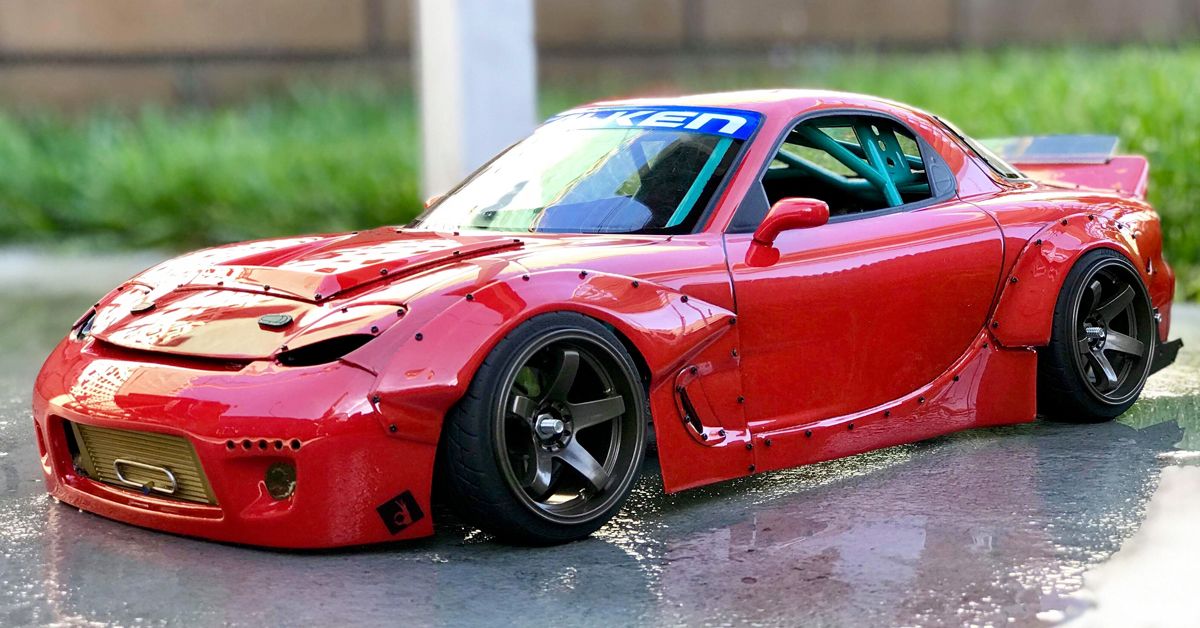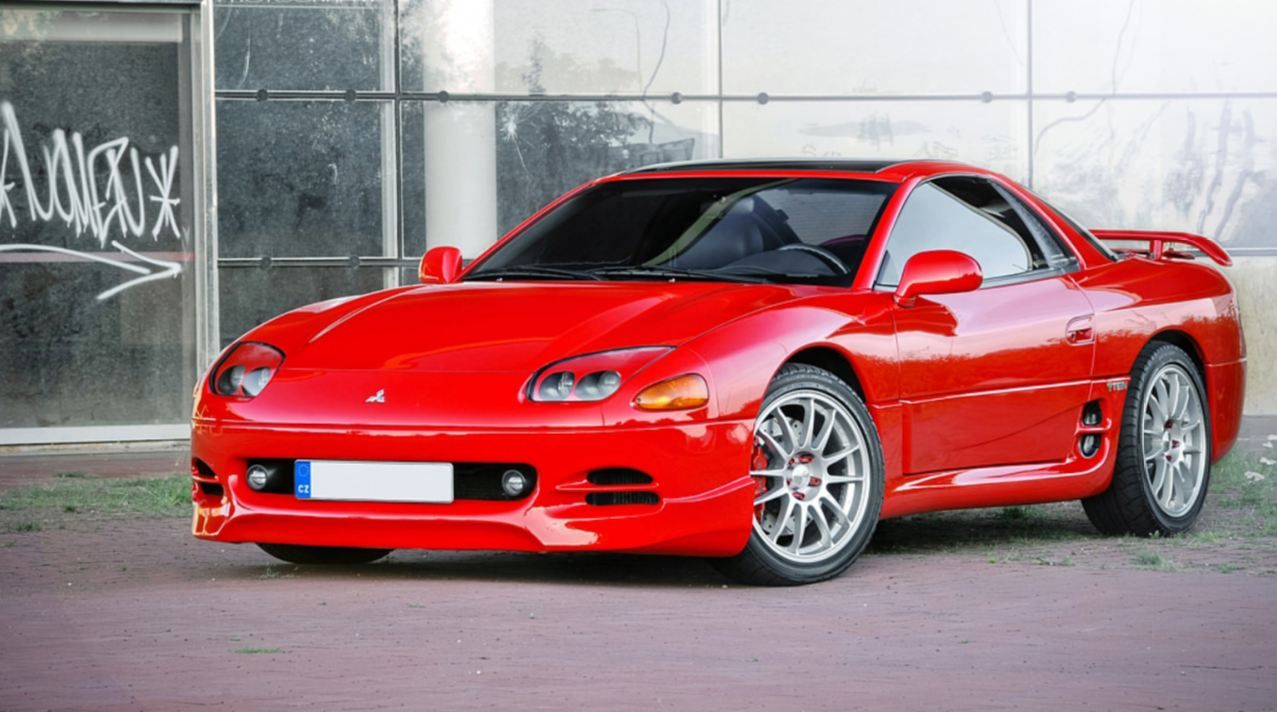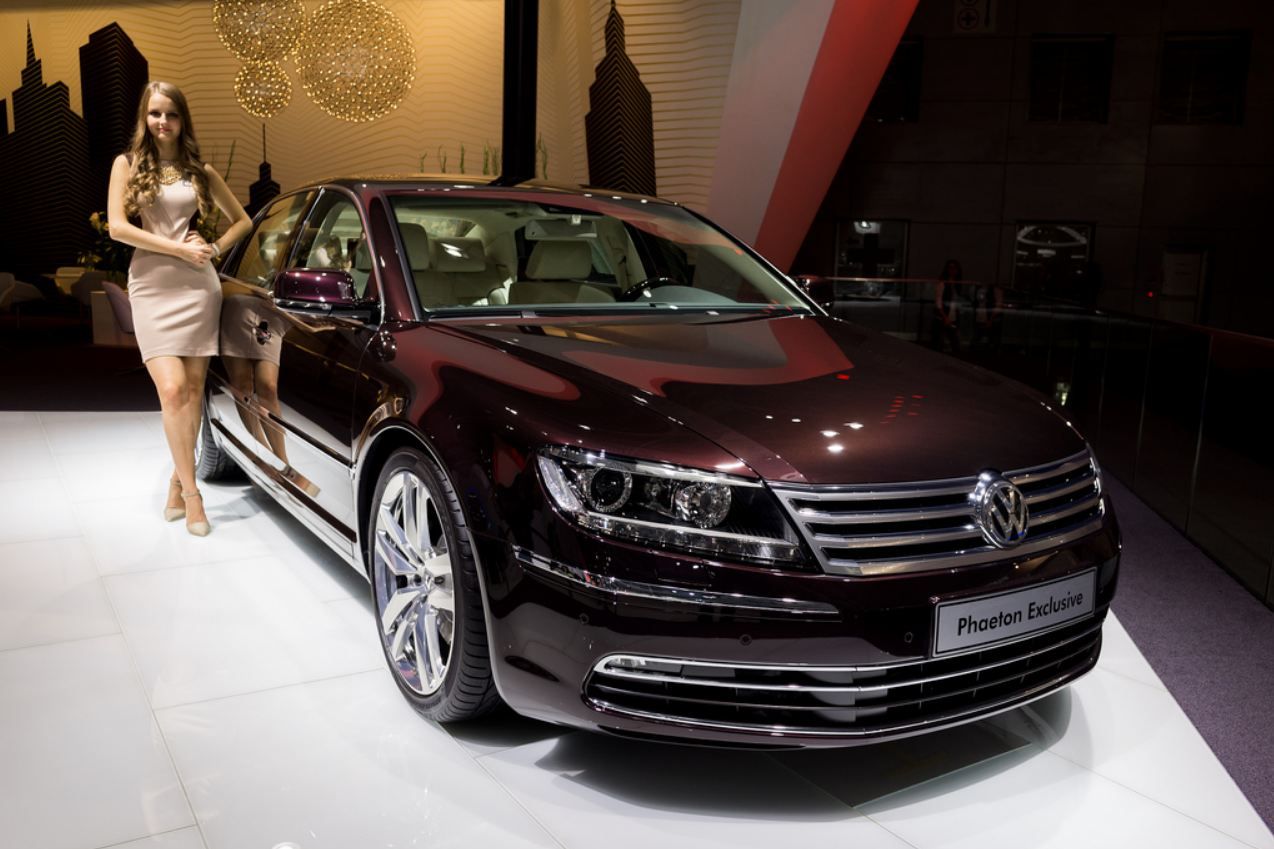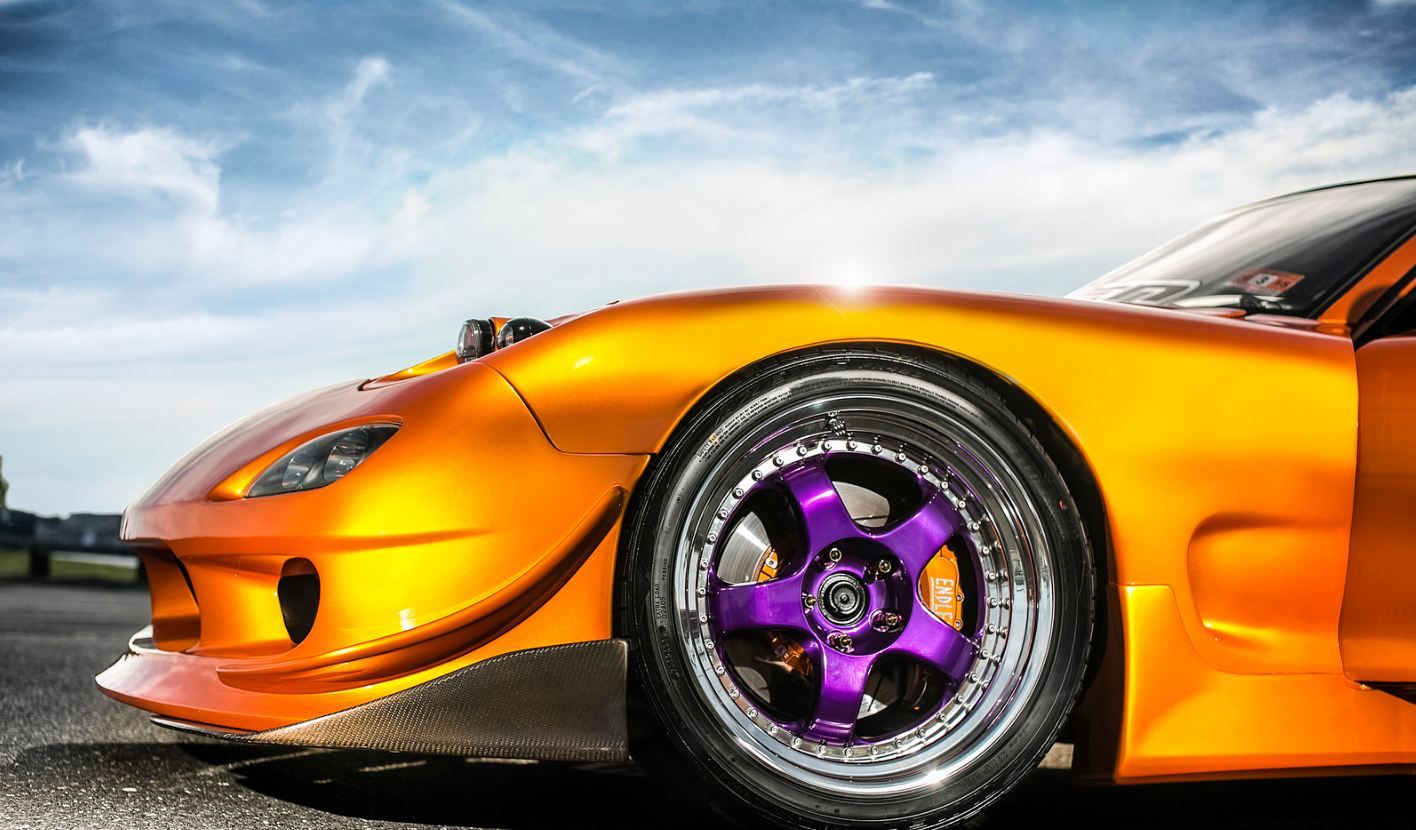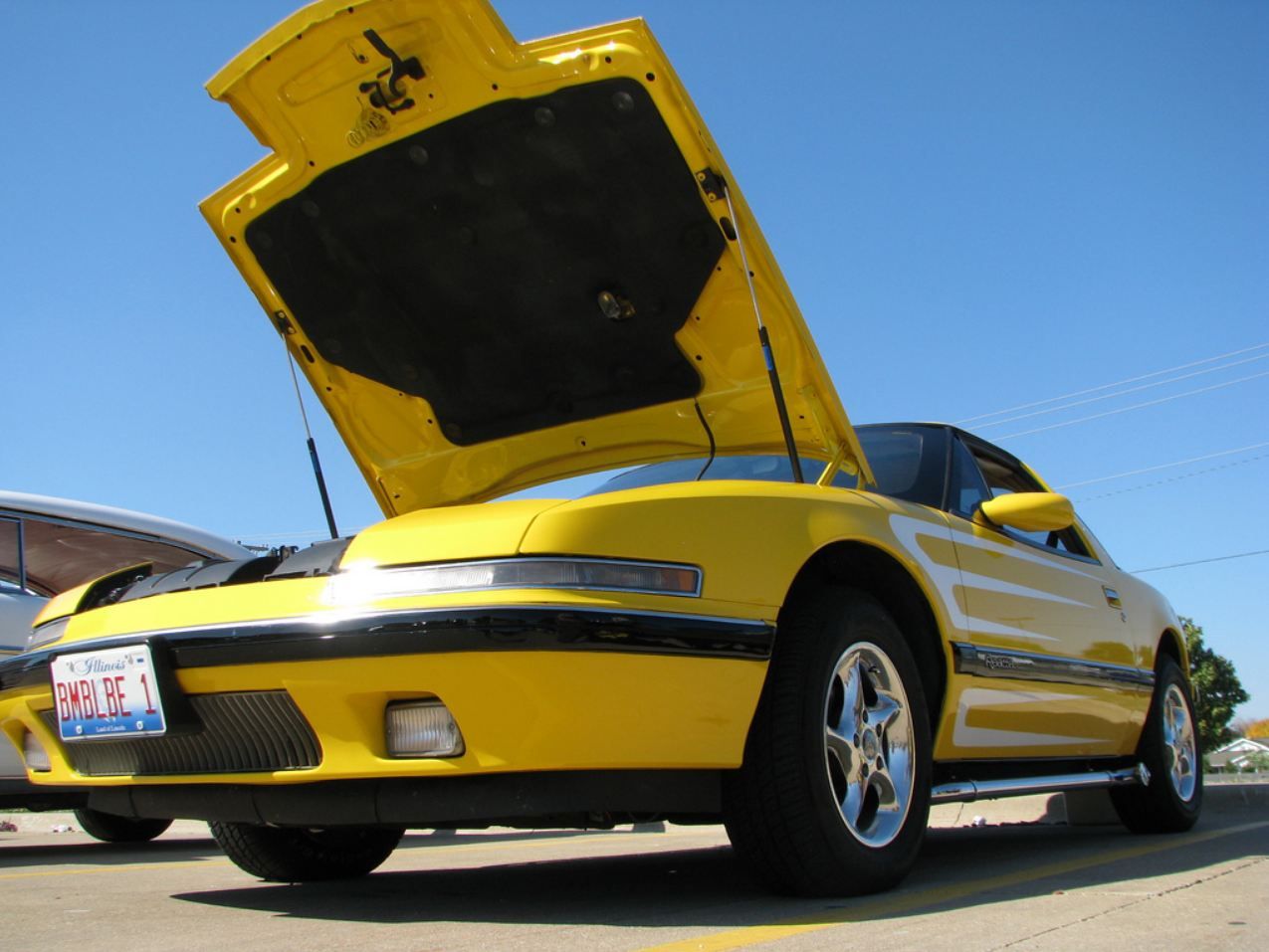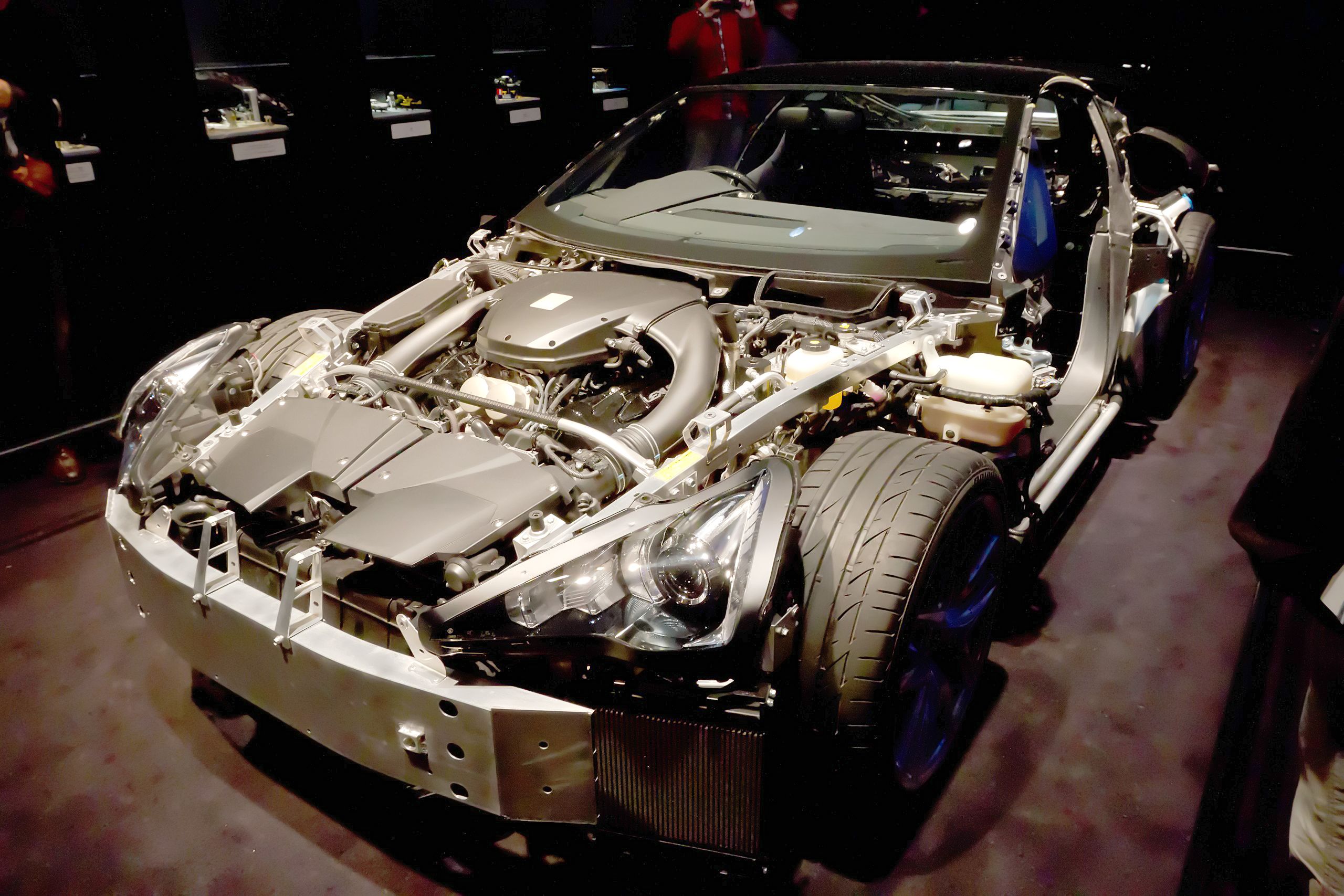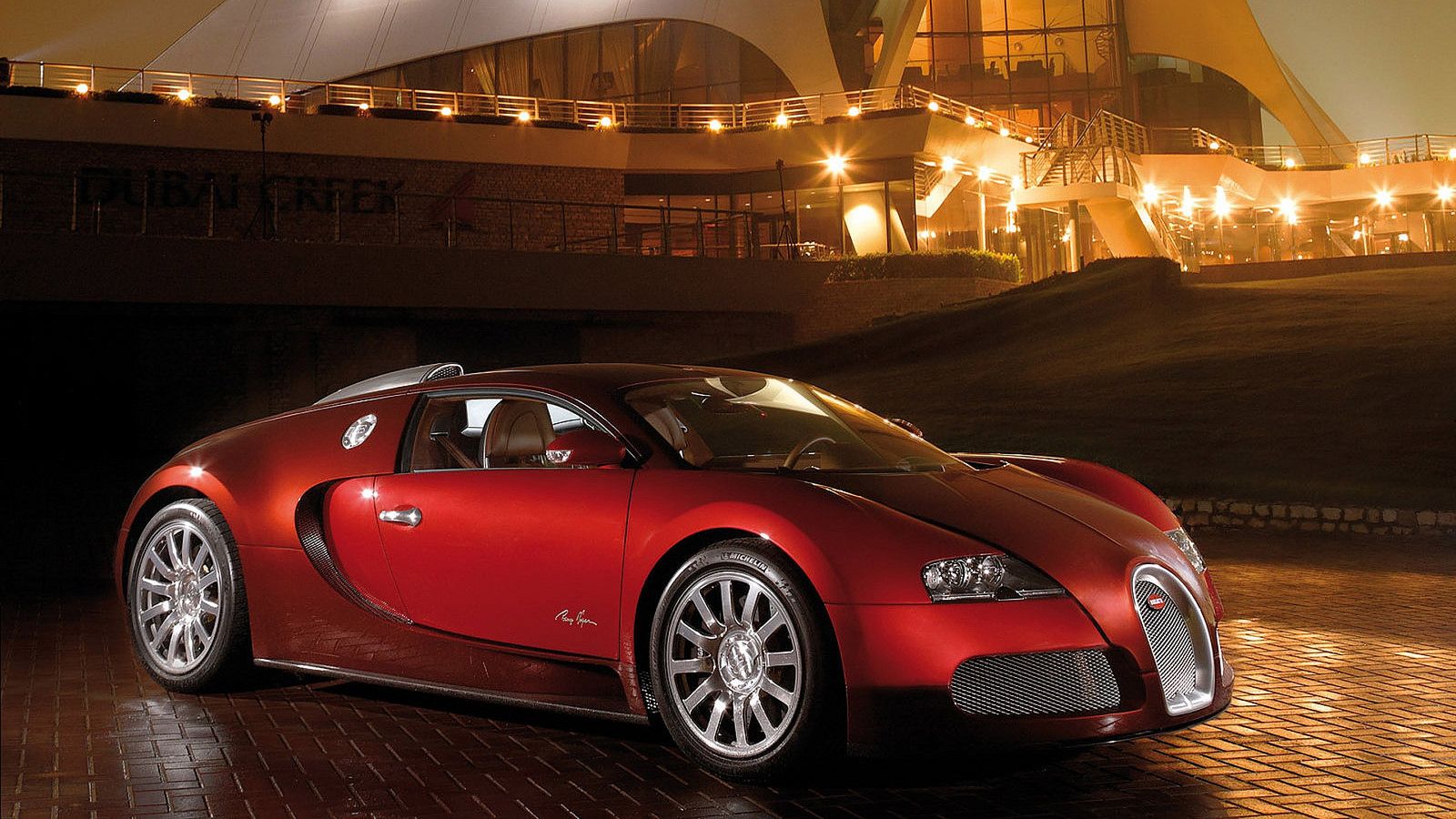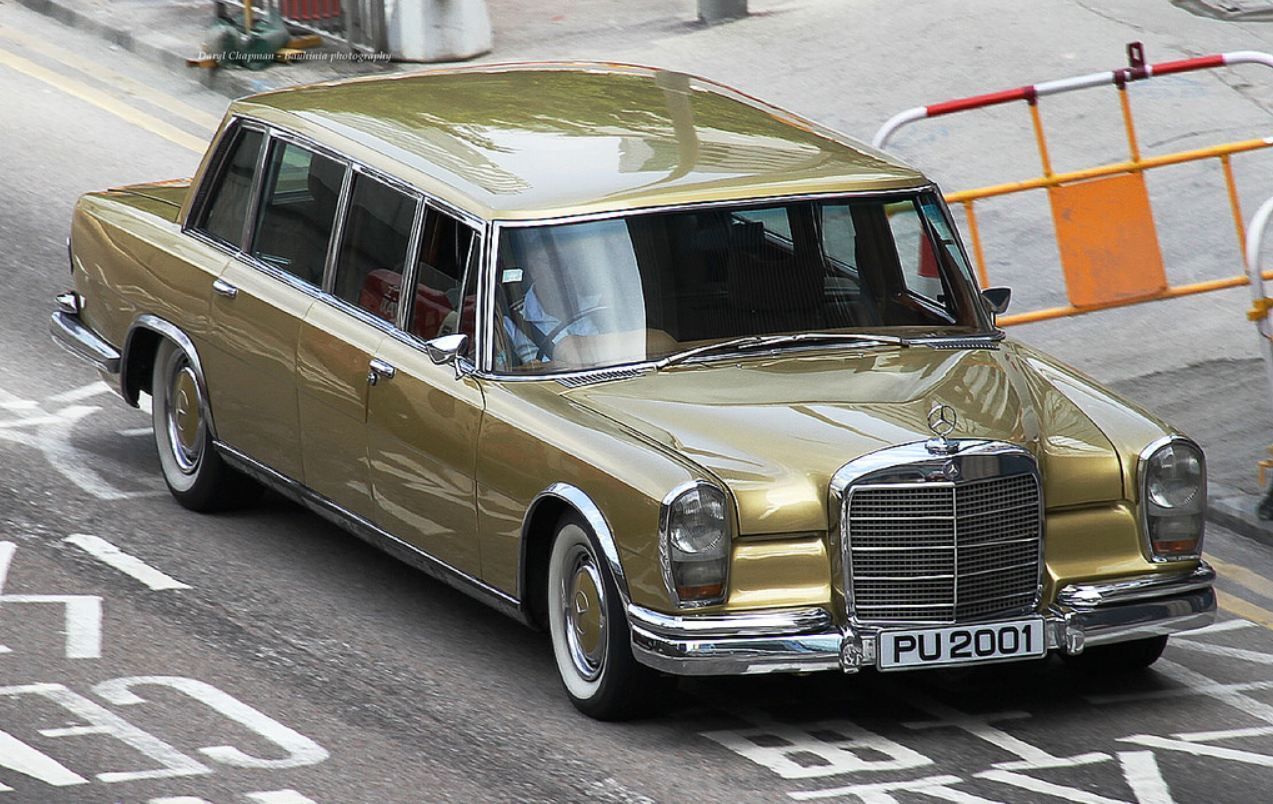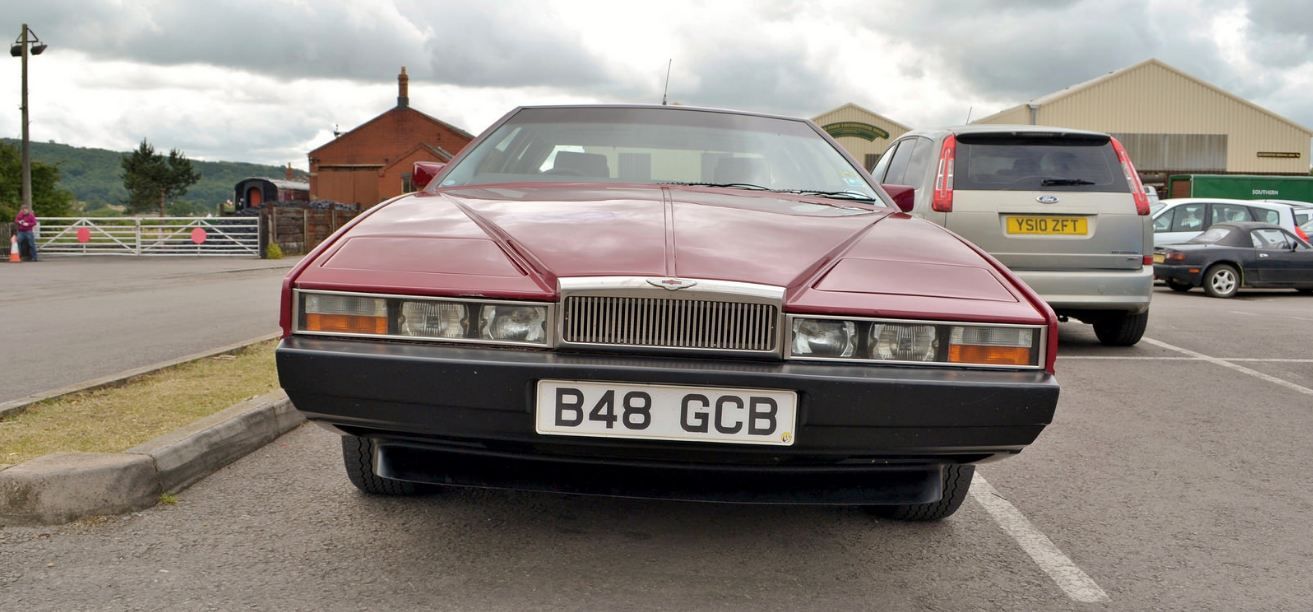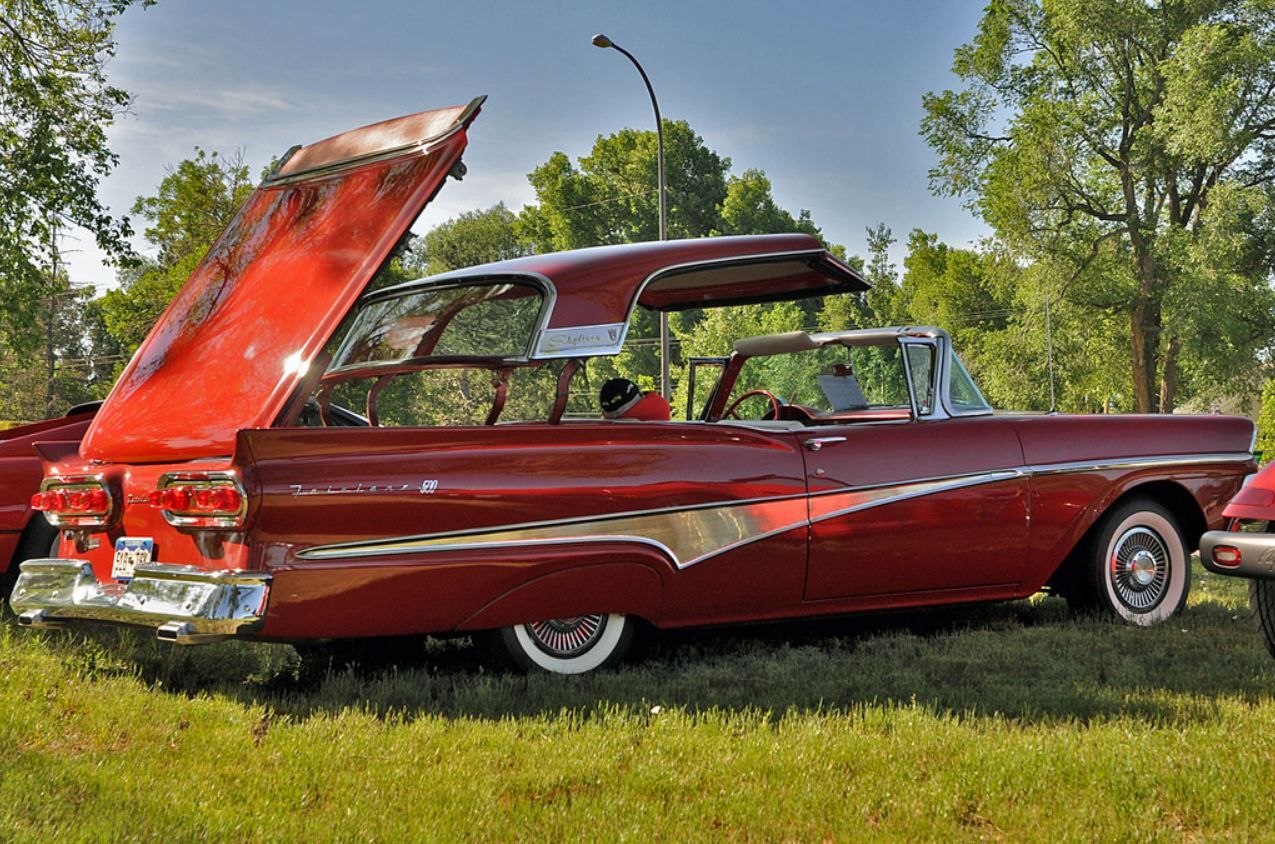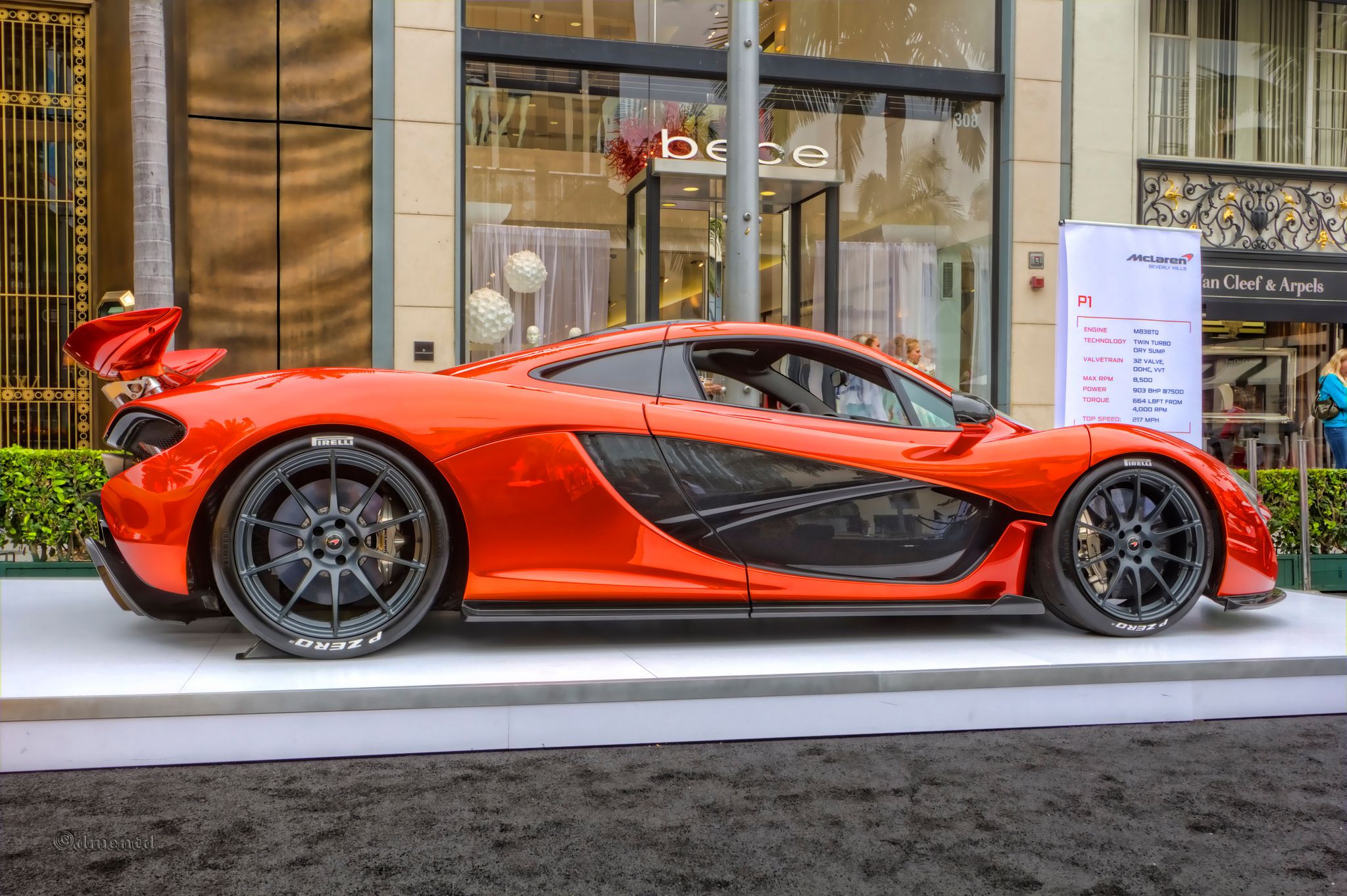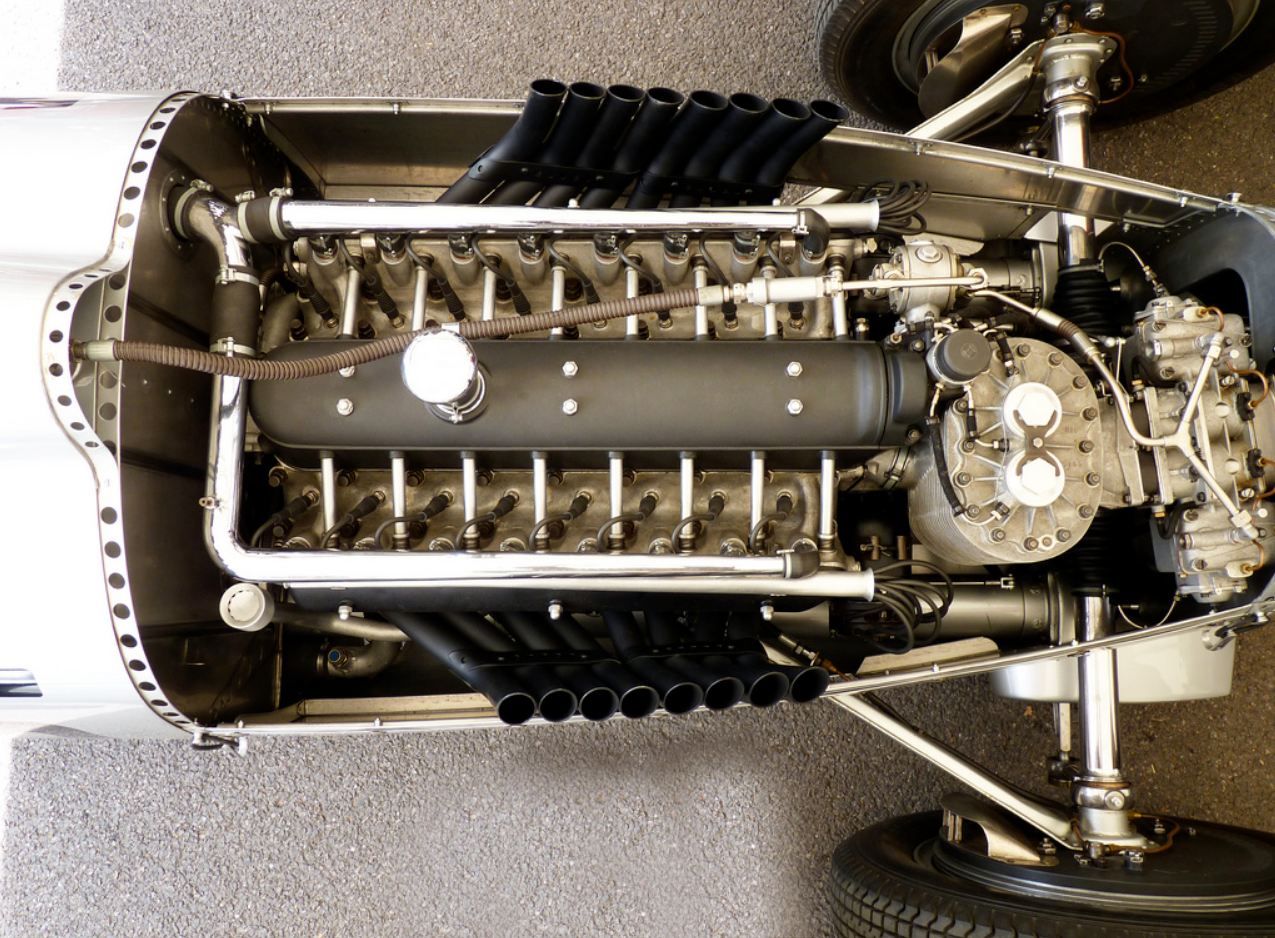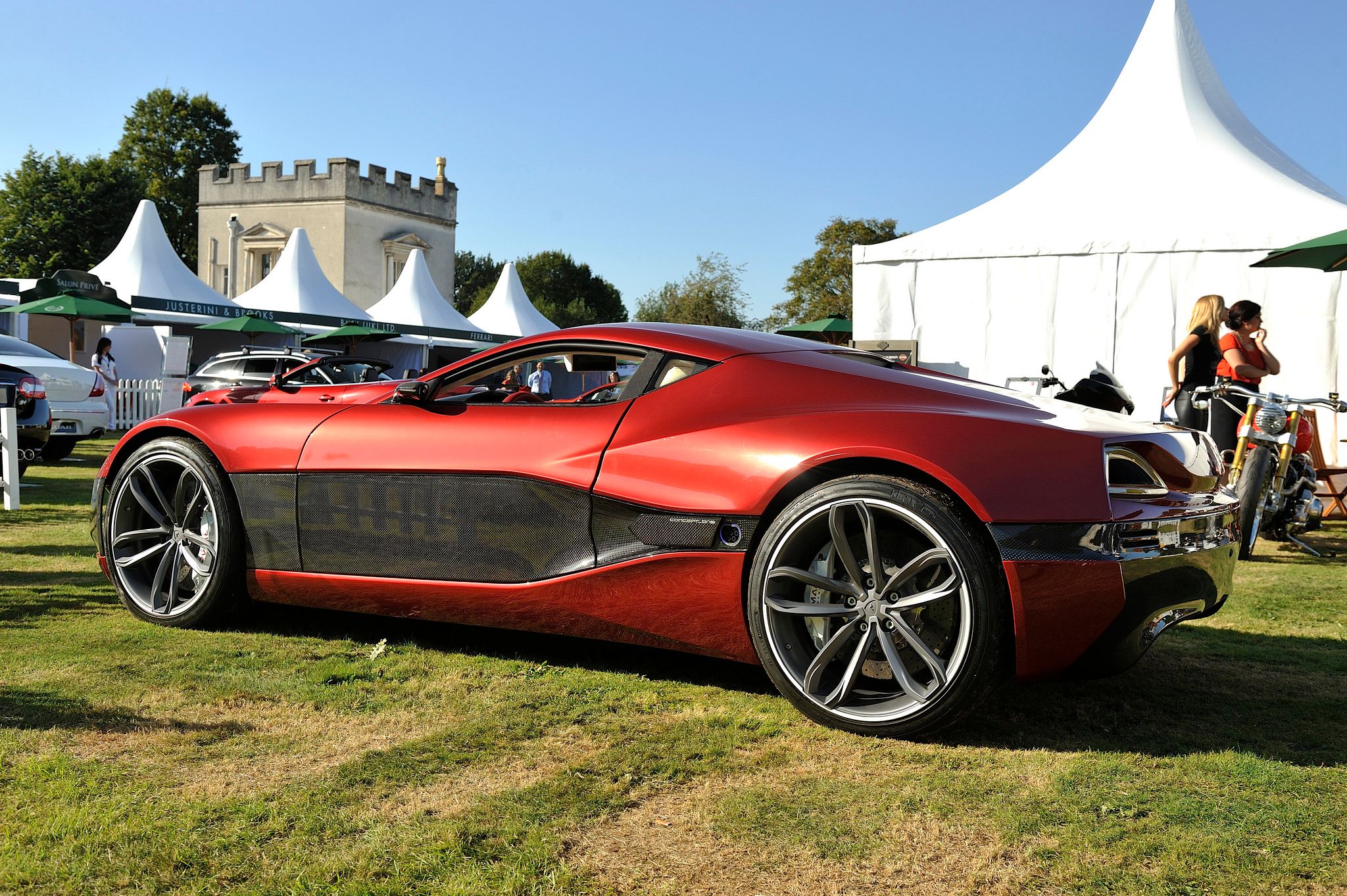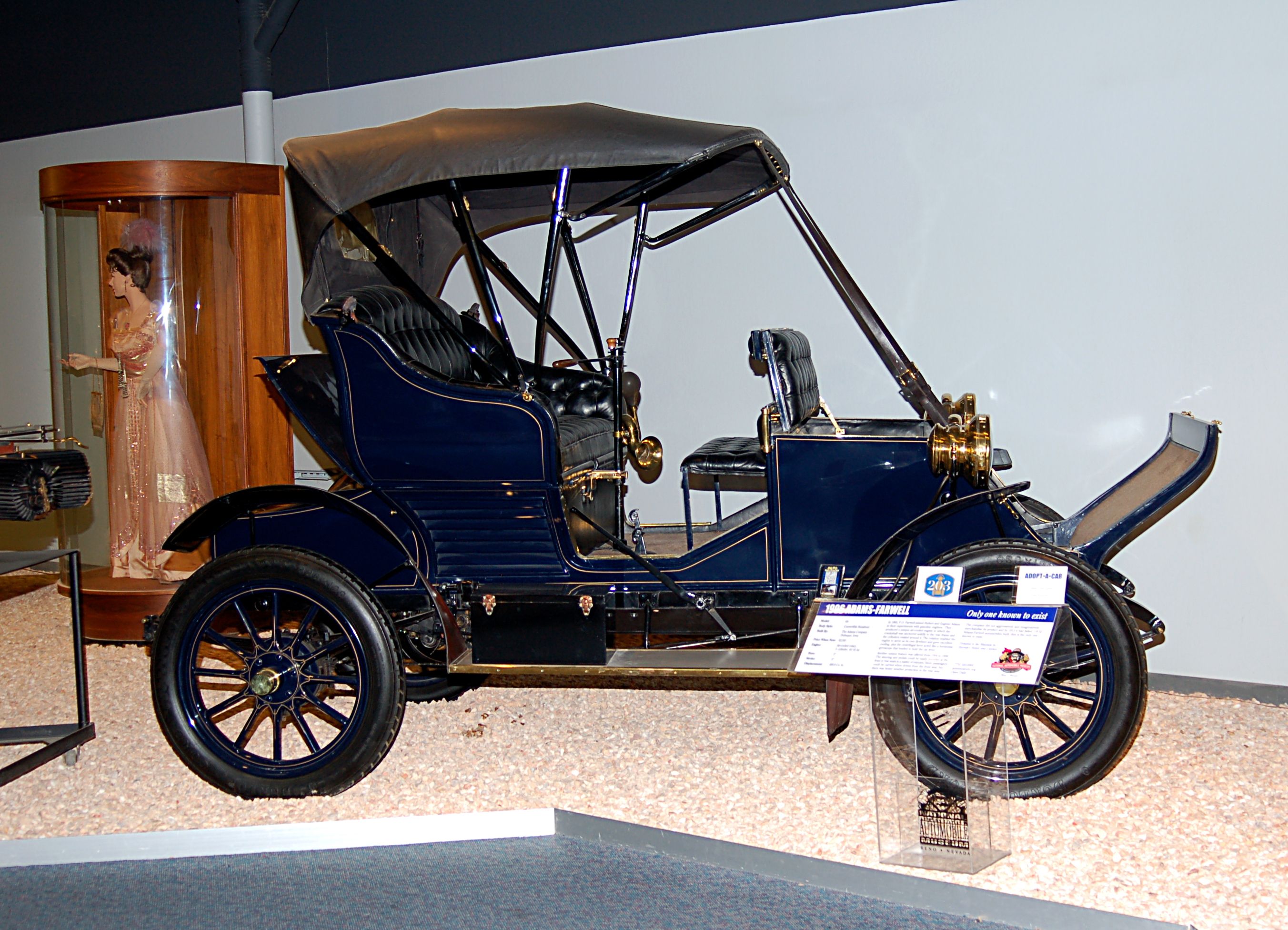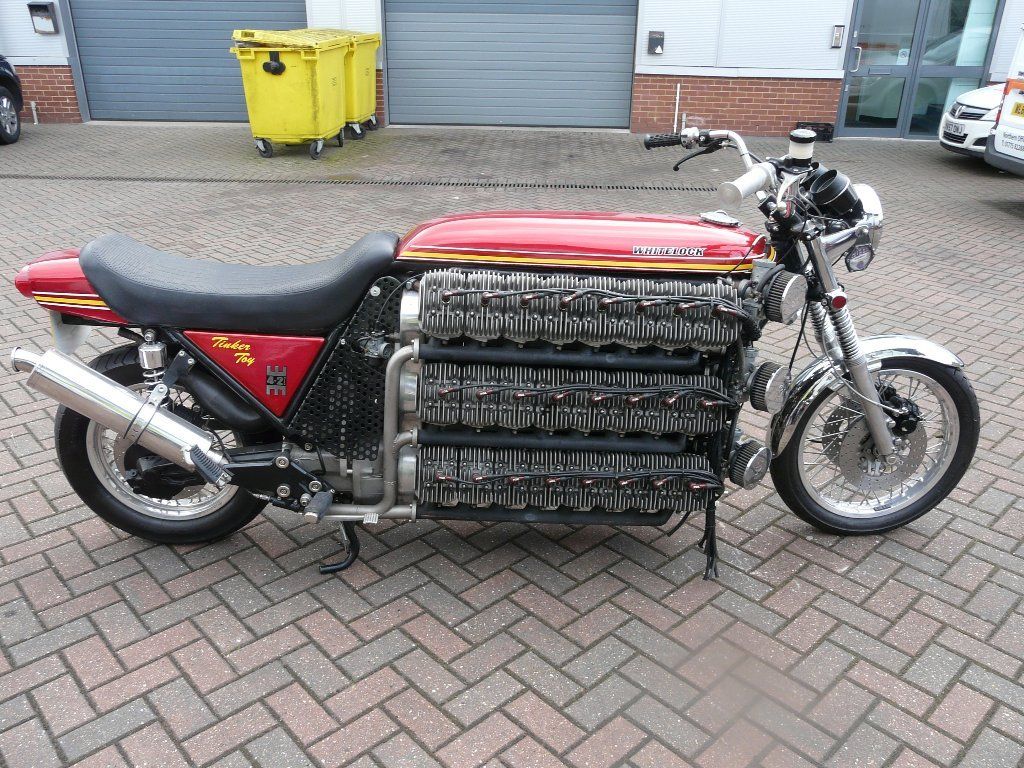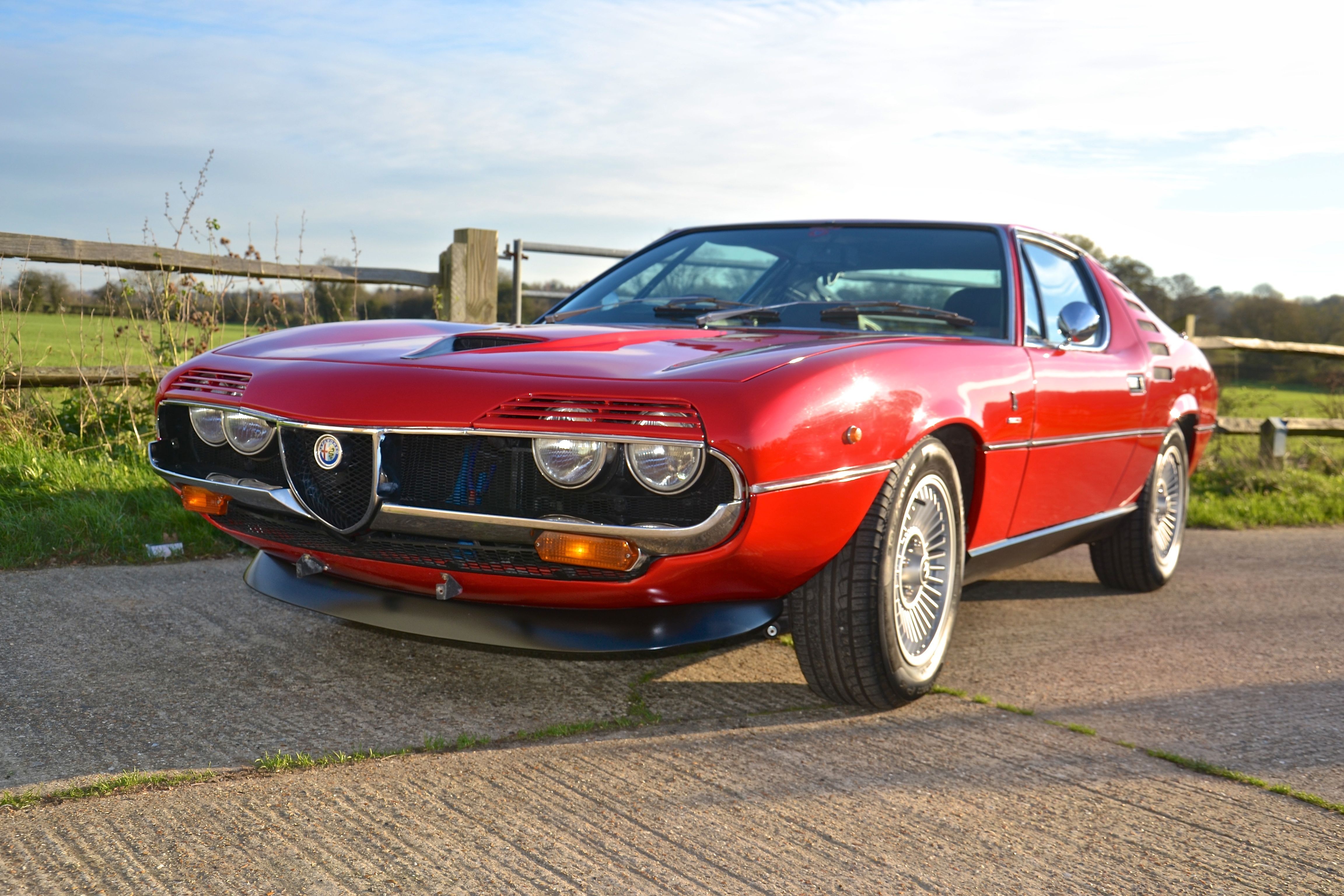The complexity of cars is a subject that could logically be debated every time a Toyota Corolla parks next to an AMG. Two very different design methodologies are used, and it’s entirely unfair to compare the two to each other without also rightfully admitting that it’s an apples to oranges comparison. The argument barely even computes; on one hand, the Corolla is probably one of the best cars to economically motor around in for a few hundred thousand miles on the cheap—and 40 million units sold validate this claim about as solidly as possible.
But the Toyota Corolla is probably the single most boring vehicle that’s ever left an assembly line on four wheels. It’s as barebones as you can go and doesn’t take luxury an inch further. But that’s actually to the Corolla’s credit because that’s exactly what the Toyota was built to do: move the masses like a modern incarnation of Henry Ford. It’s unbeatable at economic reliability.
But nobody cares about the safe and acceptable methods of car building, we want the extreme and cutting edge stuff! Why? Because this is where innovation controls the future; the cutting-edge designs of today will, to a degree, be found on the Corolla of tomorrow.
Having control of the future doesn’t come without its downfalls, however. The entry fee for innovation is an extremely high threshold for risk and if you’re not willing to put it all on the line, you might as well go home. Fortune tends to favor the bold. (And so does Fortune’s twin sister, Misfortune.) The two go hand in hand and sometimes, you don’t get to choose which one finds you first. Check out these 22 ridiculously complex cars and decide for yourself if they found Fortune or her sister by accident!
22 Mitsubishi 3000GT VR4
The Mitsubishi 3000GT VR4 is said to have the technical complexity of a modern car. That would be great if we were talking about something that came out three years ago. But 1994 technology belongs in 1994! Thrusting 20th-century technology into 2018 is just asking for trouble, no matter how you look at it. It was actually a pretty quick car; 4.9 seconds from 0-60mph with 13.5-second quarter miles. The twin-turbo, 3.0-liter V6 and all-wheel drive made sure it was quick on its feet. But active suspension, four-wheel steering, dual intercoolers, and the transverse orientation of the V-6 made it a technical nightmare—and a heavy one, too, at 3,700 pounds.
21 Volkswagen Phaeton
You might not have ever heard of the Volkswagen Phaeton before, but many people haven’t. Less than 2,300 people purchased them Stateside, which isn’t surprising when you look at the $83,000 price tag. But it was available with an optional 6.0-liter W12 that cranked 420 horsepower out of its wildly-designed case. The resulting performance would be good for over 200 miles per hour without a restrictor but in their effort to design the ultimate car, VW may have gone too far! It’s not necessarily a horrible car. It’s actually a great car; the trunk hinges were machined aluminum, for crying out loud! You had just better have a lot of money anytime something breaks.
20 Mazda RX-7 FD
Let me just make this simple for you: it’s a 79 cubic-inch Wankel—with 280hp. How, you ask? Sequential turbocharging, of course (and the fuel economy of a big-block)! It’s the tiny engine that could and you better believe it would! Unfortunately, all of this wonder wasn’t without its drawbacks. The complex turbo control circuit comprises of eight solenoids and actuators, vacuum chambers, pressure chambers, and the abundance of vacuum hoses that were required to make it all work. The rest of the car is so great, despite its touchy nature, that a number of loving and loyal enthusiasts have even installed LS Corvette motors in the stead of the 13B rotary from the factory.
19 Buick Reatta
In an attempt to bridge the gap between a younger, hipper customer base and their then-current one, Buick set out on a brave venture to “redefine” their image. They wanted young money! The project vision was concise: stuff sports-car performance into a “luxury” package. (Simple enough, right?) It ended up being like trying to hit two birds with one stone, 35 feet apart from each other. They packed the car with sunroofs, 16-way power seats, a touch-screen interface (in the 1980s, mind you), and a bunch of other unnecessary bells and whistles that everybody kind of hoped would work better than they did.
18 Lexus LFA
It’s Lexus’ $400,000 luxury-sports car that nobody cares about—that is, if they even know what it is! The prohibitive price tag, in part, is due to the car’s exclusivity; not a single part on it is interchangeable with any other Lexus model. It has been entirely engineered from the ground up! Acceleration is ok for a 553-horsepower, front-engine setup, and the 4.8-liter V-10 can make some pretty noises when you get into it. But be prepared to follow an extensive list of operating instructions out of the volumes and volumes of manuals that come with the car (enough to fill the trunk!).
17 Bugatti Veyron
The line between technologically advanced and overcomplicated can be a narrow one; but still narrower is the line between overcomplicated and plain silly. In the defense of the Bugatti's engineers, this isn’t a car you necessarily want to encourage a daring do-it-yourselfer to tackle. The simple act of draining the 18 quarts of oil requires the removal of 16 separate drain plugs. But that’s only the beginning! When that’s done, you have to take even more of the car apart just to put oil back in! Between hidden bolts, buried bolts, and bolts you have to climb on the roof to get to, the Veyron ranks among the most ridiculous cars to even think about putting a wrench to.
16 Mercedes-Benz 600 Grosser
With a curb weight in excess of 7,000 pounds, the 600 Grosser is no spring chicken; it’s 21’ feet of heavy steel lugged around by a specially-built, 6.3-liter V8 that was rated at 300 horsepower. Mercedes only wanted 250 horses for the car, but an onboard hydraulic system required an engine-driven pump beefy enough to suck 50 right off the top of the spec sheet. Everything on the car was powered by 3,200 PSI of hydraulic pressure, including the windows, which could take off body parts if you weren’t careful. The only thing simple about this car was the fact that you could almost own and maintain an aircraft for the same cost.
15 Porsche 918 Spyder
This insanely complex Porsche 918 has only had one recall. That sounds good until you realize they only have 918 units in total production (see what they did there?), so you can either look at it as them having to recall 1/3 of their $900,000 road cars (305 units) or them “only” having one recall. If you had any idea how complex this thing was, you’d probably applaud them, even when you’re one of the affected customers. It’s hard to appreciate the intricacy this car was built with until you see how much they have to take it apart to service it; it’s closer to a Veyron than a Ferrari, in many respects.
14 Aston Martin Lagonda
Good looks, reliability, and an economic price point: choose two. A long series of bad decision making led the Lagonda down a dead-end road with no way out. They put a 5.3-liter V8 in it that could only muster 280 horsepower and yet the car still had a hard time achieving double-digit fuel economy figures. Most condemning, however, was its tendency to constantly break down. It was the first production car with a digital instrument panel, an electronic endeavor that would surpass the entire car’s original budget by a factor of four. Produced over a decade, they only ever made 645 of them.
13 Citroen DS
In a time of reconstruction, the car was a symbol of resilience. Many DS proponents will argue that the designs implemented in this car were cutting-edge for its time and we’re not arguing that for a second. The 2,200-PSI hydropneumatic suspension system could raise the car 10 inches via in-cab controls and the clutchless, semi-automatic transmission shifted as quickly as a dual-clutch system. You could even hydraulically raise one wheel and drive it on the remaining three. Was this the first lowrider? All of this probably sounds like a steal, until you realize it started in the 1950s. Sometimes, steering clear of the “cutting edge” is the safest thing to do.
12 Cizeta V16T
You’ve never heard of this thing before, but should you see it on the streets, you’ll rightly assume that it’s an older Lamborghini. Every angle permeates hints of the prestigious luxury sports car maker. It should come as no surprise then, that an ex-Lamborghini employee is responsible for its fruition. Problems surfaced immediately once the hand-built cars started to roll out of the shop, however, and Zampolli (the owner of the company) had a stubborn resolution to build each one by hand (bad move). The transverse-mounted V16 was actually two flat-plane V8s that were fused into one 540-hp mill. If that’s not asking for a world of trouble, we don’t know what is!
11 Ford Fairlane 500 Skyliner
The Fairlane 500 is a gorgeously carved relic from the 1950s that went against everything Henry Ford was about and with mixed results. On one hand, staying above the curve is an essential component of automobile production; nobody wants to buy obsolete hardware. On the other hand, modern-day Cadillacs couldn’t even get an automated hard top to fold reliably into their XLR models and they’ve pioneered some of the most significant designs in history! In the Fairlane’s case, this retractable top required: five electric motors (actuating in perfect sync), nine circuit breakers, 10 solenoids, 13 individual switches, and over 600 feet of wiring. Still want one?
10 McLaren P1
In McLaren’s own words, regarding their P1; “[it’s] one of the most complex cars ever created…closer to the ‘complexity of an aircraft,’ than a conventional car.” The mid-mounted, twin-turbo, V8-hybrid powertrain makes 916 horsepower—737 of which is all motor! The Instant Power Assist System (IPAS) is essentially their proprietary electric assist motors and it's twice as powerful as Formula 1’s KERS units and weighs less than 60 pounds. Between this unique powertrain, a race active chassis control system, active aerodynamics (and all the other technical sorcery they’ve infused into this legendary car), it’s safe to say we’re not inclined to argue with their aforementioned aircraft statement.
9 Mercedes W140
The mid-90s were filled with wins and losses for Mercedes; on one hand, it’s Mercedes. They’ve been forging a legacy of quality and elegance since before your grandparents were in diapers. They’ve got a lot of top-tier street cred, that’s for sure. What they never got, however, was how bad their W140 suffered from design flaws. Well, not until it was too late to really do anything about it. Biodegradable wiring harnesses literally deteriorate by design (because the environmental detriment of a stray 16ga wire is much more impactful than an electrical fire on the Autobahn, right?). But this is just the tip of a very large iceberg to steer well clear of.
8 Auto Union Type C
The Auto Union Type C race car is the type of legend that gets made into novel ride-on toys for toddlers, even though most people would be challenged to actually register the significance of the icon. The year is 1936 and the Auto Union C-Type is powered by a supercharged, 16-cylinder track assassin that was slamming over 500 horsepower through a nearly non-existent driveline. That, along with the 1,650-pound weight minimum (required by regulation) made for a racecar that could break traction at speeds as high as 150 miles per hour! (But don’t think—for one second—that that awesomeness comes without a heavy price tag and costly maintenance bills.)
7 BMW E31 8-Series
While smaller minds tend to depreciate the value of innovation in times of failure, others celebrate it. Without innovation, we’d be dragging our knuckles across a cave floor, grunting like savages as we masticated twigs, berries, and small game for sustenance BMW knows this and in an effort to keep us out of caves, they made an 8-Series in 1989 that was packed with more car than the 1980s had any business tampering with. The 2.5-liter V12 only made 300 horsepower, which is on par with a modern-day Mazda6 Grand Touring—only with eight more cylinders (and all the associated moving parts that go with them).
6 Rimac Concept
The Rimac Concept 1 may not be on your radar yet but they are already in a second generation (the type “2”), and ever since the Rimac name hit the scene back in 2013, they’ve been making waves. Its all-electric powertrain is positioning to not only take out Tesla in a battle of the batteries but it’s also drawing a bead on combustion-engine supercars, as well. With an astounding array of hi-tech gear underneath the lustfully sinful body lines, the Rimac concepts are aiming for 0-60 mph times in the high one-second range. That's a number that seems to be quickly encroaching on the limits of human fragility, though. (Contemporary Formula cars, for example, are in the 1.5 to 1.8-second range.)
5 Adams Farwell
This engine technology is as old as World War I, which should tell you something right there! Not only is it technically a radial engine by design, but it’s also a Gnome radial. Basically, a radial is an engine with a circumferential configuration around the crankshaft, like the petals of a flower. In the Gnome’s case, the crankshaft is, if you can even picture it, is offset to one side of the case. The cylinders, mounted to a special case, spin in place around the crank. What this means is don’t stick your fingers in the wrong place.
4 48-Cylinder Kawasaki
This is going to blow you away when you find out what the displacement of this 48-cylinder Kawasaki is. It’s only 256 cubic-inches, but it is comprised of 16 separate Kawasaki KH250s mashed up into what is reported to be over a ton of bike! We don’t know how much we believe that, but even if it didn’t weigh so much, the bike runs off of six Jaguar distributors and blows torque through a BMW motorcycle transmission. The most absurd part about this whole thing is the price that it was reportedly listed at: $840,000!
3 Alfa Romeo Montreal
Most will only remember Alfa Romeo Montreals from Gran Turismo, which is about the only experience most people are likely to have with the cars. Consider yourself fortunate, then; the Montreal was an all-aluminum, quad-cam, dry-sump V8. It had hemispherical heads, but a displacement of only 2.6 liters. It would actually hit 60mph from a dead stop in about seven seconds—which wasn’t bad for the time—but that was only when it was running right. Usually, you were running on about five to seven cylinders, along with mechanical design problems plaguing every other important system in the car.

